
Together at AOCO 2025

Delhi: A Journey Through Heritage and Modernity
Qutub Minar, a UNESCO World Heritage Site, is one of Delhi’s most iconic landmarks. Built in the early 13th century, this 73-meter-high red sandstone minaret is surrounded by historical ruins and lush gardens, offering a glimpse into the city’s rich Islamic architecture and Mughal heritage.
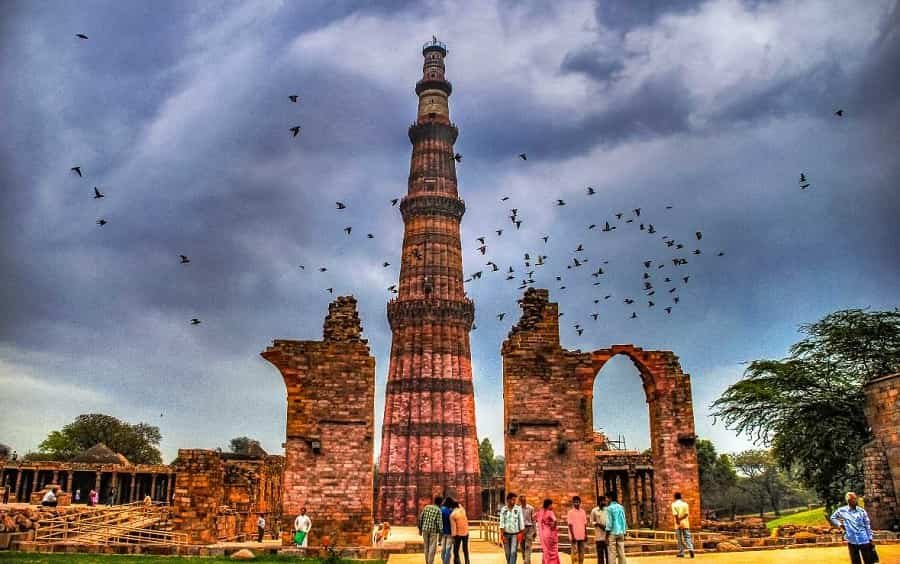
.jpg)
The Red Fort is a majestic Mughal fortress constructed in the 17th century. With its massive red sandstone walls, ornate gates, and impressive audience halls, it represents the zenith of Mughal creativity. The evening light and sound show narrates India's rich history in a captivating way.
This architectural marvel and UNESCO World Heritage Site is the tomb of the Mughal Emperor Humayun. The monument, built in Persian style with beautiful gardens and water channels, is a precursor to the Taj Mahal and a peaceful escape from city life.
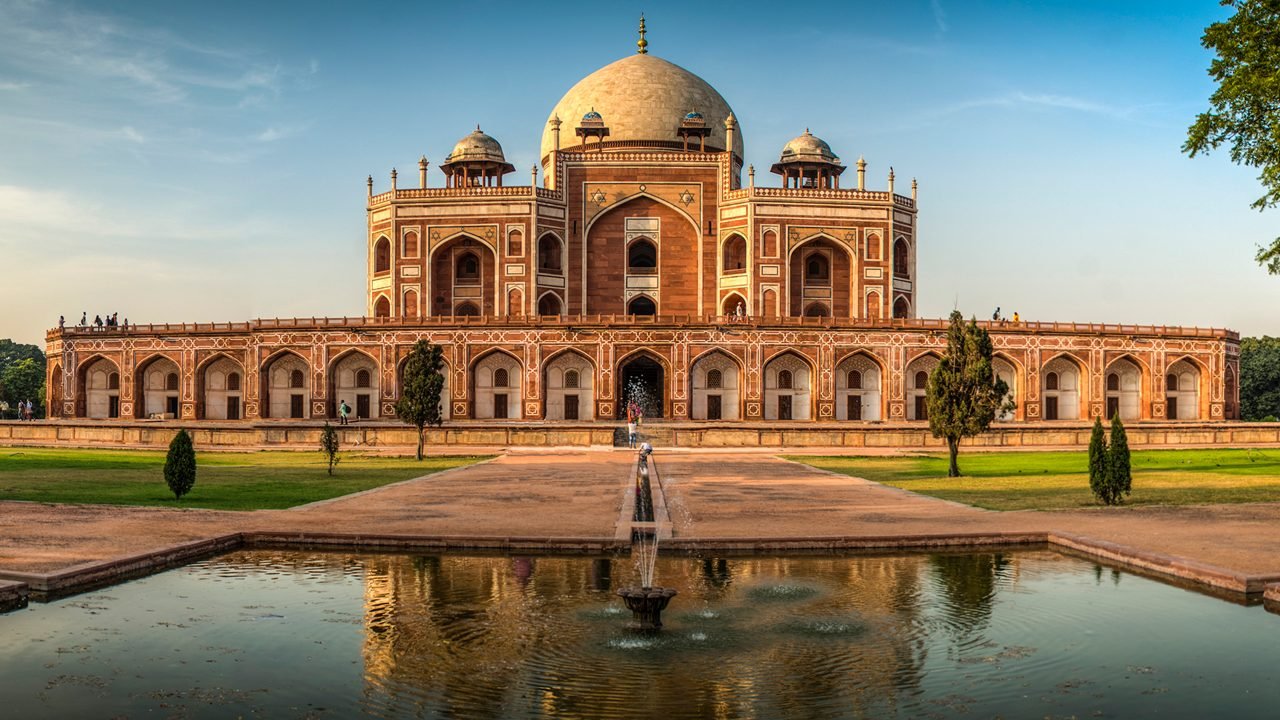
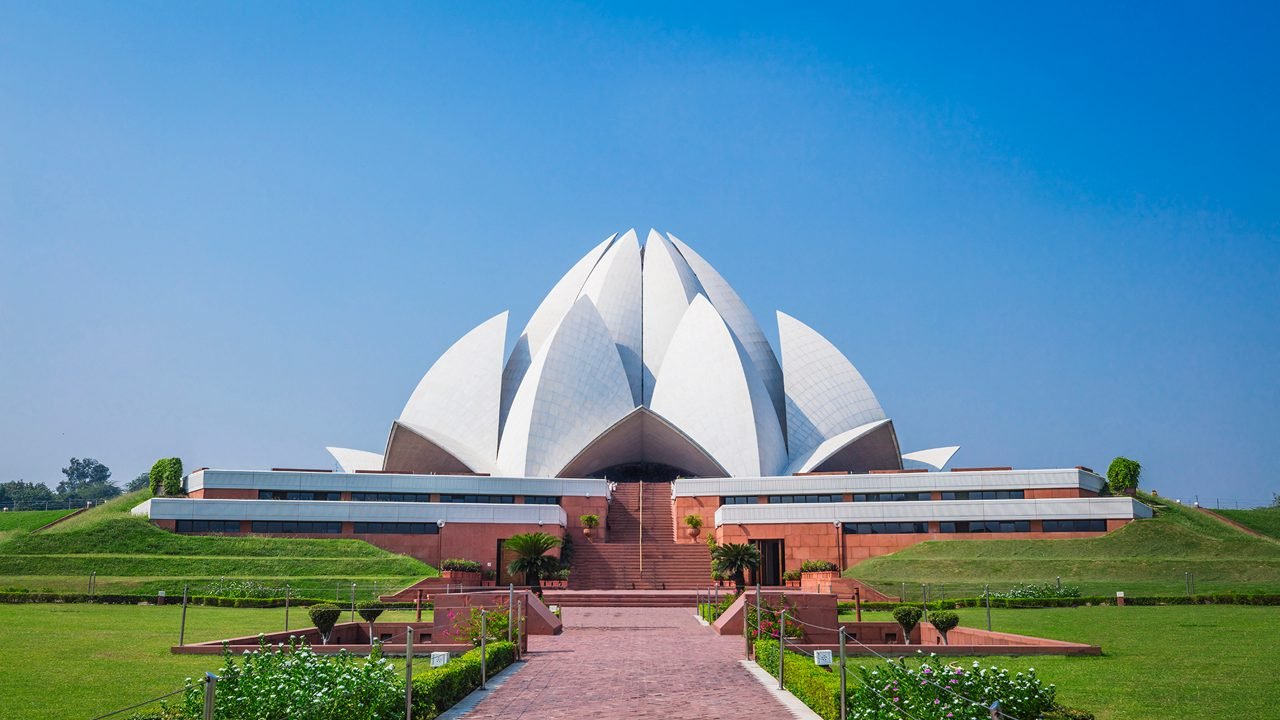
The Lotus Temple is a Bahá’í House of Worship known for its unique lotus-shaped structure and tranquil ambiance. Open to people of all faiths, it's a symbol of peace and unity, surrounded by lush gardens and nine water pools.
India Gate is a war memorial dedicated to Indian soldiers who died during World War I. It stands at the heart of Delhi and is beautifully illuminated at night. The nearby Rajpath is perfect for a relaxed walk or a quick photo session.
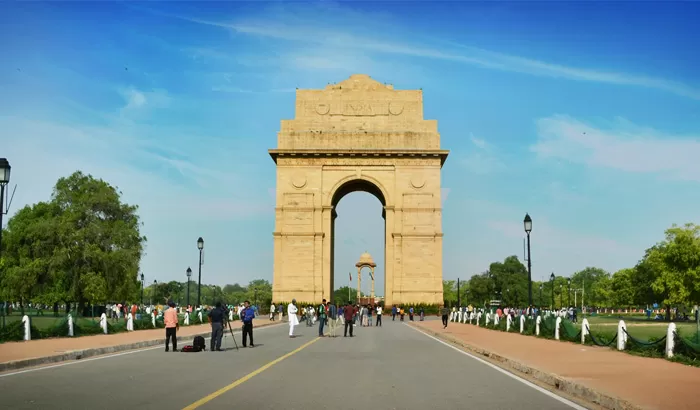
.jpg)
Connaught Place is Delhi’s central business district and a vibrant hub for shopping, food, and entertainment. Its colonial-era architecture, high-end stores, street markets, and cafes make it a perfect stop for casual outings.
Dilli Haat is an open-air market that showcases the rich cultural diversity of India. From handmade crafts and handlooms to regional foods, it's a colorful celebration of India's traditions and artistry.
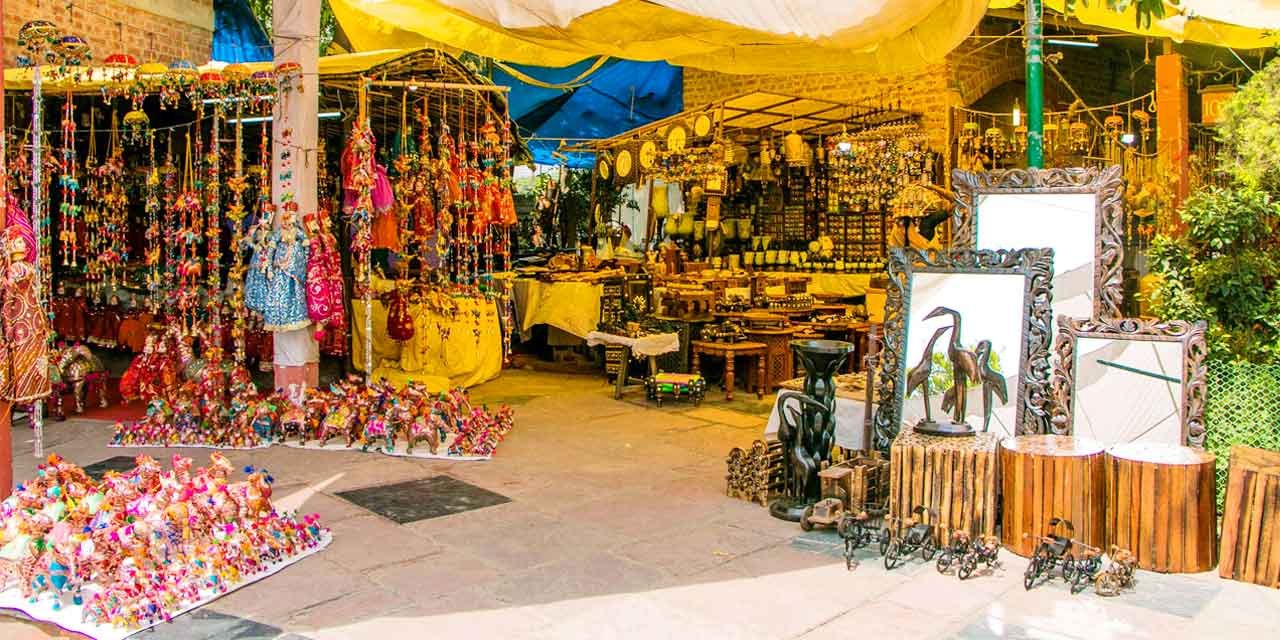
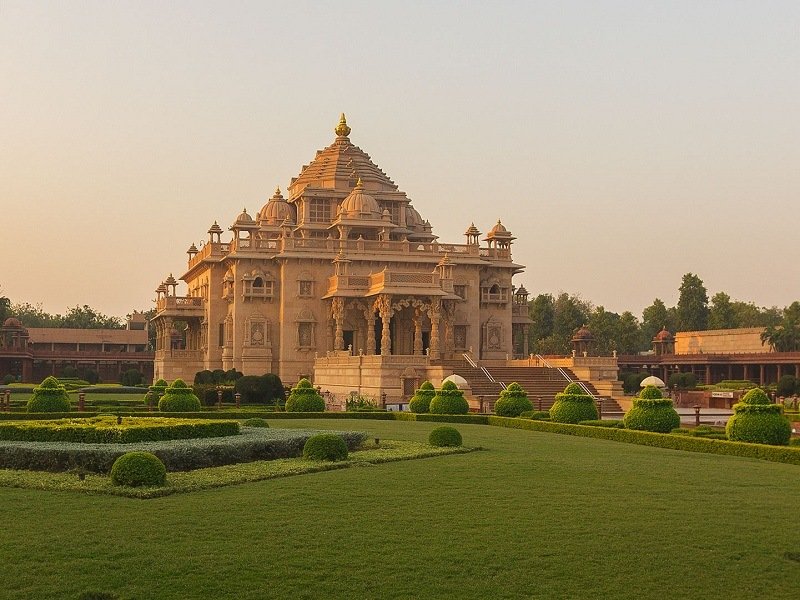
Akshardham Temple is one of the largest Hindu temples in the world, known for its stunning architecture, cultural exhibitions, and the mesmerizing musical fountain show in the evening. It’s a spiritual and visual treat.